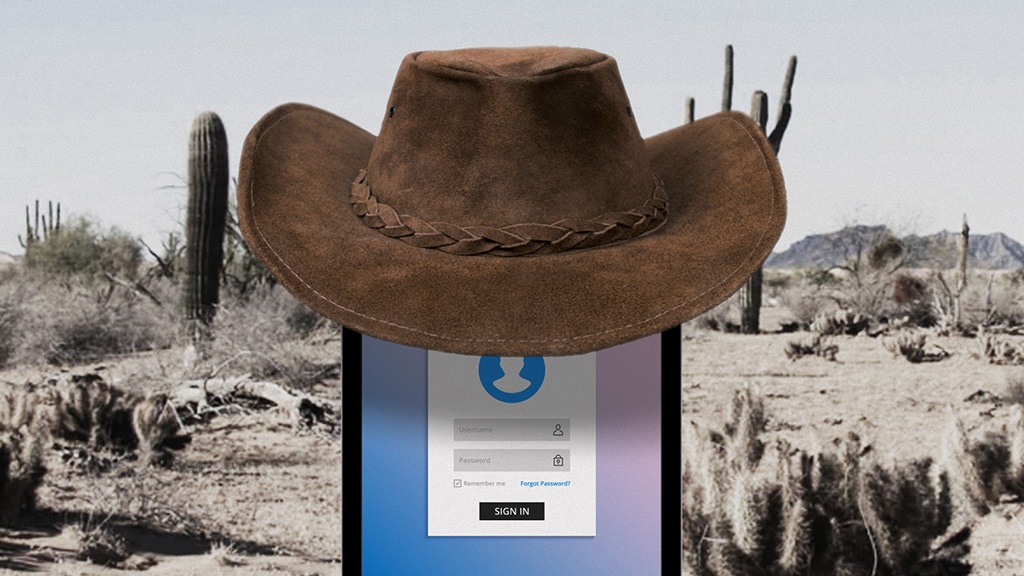
The journey to digital can feel like a long spaghetti western film at times, but it’s worth it.
When I began my teaching career, all teachers used books for their classroom instruction—no matter how many years they had taught, no matter what subject they taught.
When I became aware of the possibility of moving to a digital curriculum, I was excited about the opportunity and dove in quickly. You can read more about how to introduce a digital curriculum into your school in my post, 8 Steps to Transition to a Digital Curriculum for Social Studies. One of the important aspects of making that change is getting informed, so I hope this article will give you a good idea of what to expect.
However enthusiastic I was about making this digital journey, that didn’t mean there weren’t some bumps in the road. Like a Clint Eastwood spaghetti western, here’s the good, bad, and ugly of our move to digital curriculum.
The Good:
- Curriculum can be tailored to meet student and teacher needs.
- Student and school costs are less depending on the digital curriculum you choose.
- It’s a simple matter to align to state and Common Core standards.
- There should be a diverse list of types of activities.
- Digital curriculum works well for teachers in both “flipped” and “blended” classrooms.
- New and innovative content can be added through online resources.
- Absent students can easily keep up with online classroom assignments and material.
- An absent teacher can easily assign lessons or activities for students.
- Using digital curriculum can be rejuvenating for a teacher stuck in a textbook rut.

The Bad:
- Some students may utilize classroom technology for non-educational uses (chatting, Facebook, streaming video, etc.) instead of focusing on schoolwork.
- While the number is steadily decreasing, there are still some students who do not have home Wi-Fi access. (It might be desirable for the teacher to provide study time so students can use the school Wi-Fi to complete assignments.)
- There is a learning curve for teachers to transition from a traditional, textbook-driven curriculum to a digital curriculum. My article about this transition can help navigate that.
The Ugly:
- When we started our digital journey, my building and district administration and school board were supportive. However, not all districts may feel this way.
- Some instances of “teacher resistance” may be seen.
- The teacher has to either develop the curriculum or find curriculum items that are available.
- Determining what resources and devices a district or school will use takes time and a great deal of reflection and investigation.
- A more effective way to restrict students from accessing non-educational content (streaming video, games, chat, etc.) needs to be found. At this time, my district hasn’t totally solved that issue.
- Every device (iPad, Chromebook, etc.) has some advantages, but also some limitations.
- Distribution of devices necessitates an entirely different skill set than distributing textbooks, including developing an Acceptable Use Policy (AUP), insurance for devices, control of software loaded on devices, etc.
Sign up for a free trial of a digital curriculum for secondary social studies, Active Classroom.
Michael Hutchison is social studies department chair at Lincoln High School in Vincennes, Indiana. A 39-year teaching veteran, he has written multiple titles for Social Studies School Service as well as lessons for several Ken Burns films, including The War, The Roosevelts: An Intimate History, and The Vietnam War. In 2014, the Indiana Historical Society named him Caleb Mills History Teacher of the Year.
